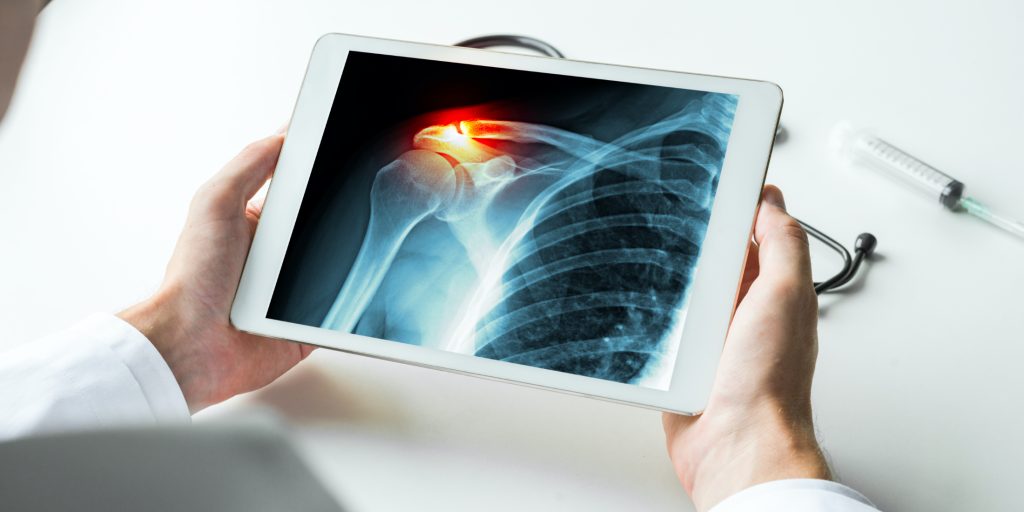
Digital X-ray, also known as digital radiography, is a modern imaging technique that uses digital sensors to capture images of the internal structures of the body. Unlike traditional film-based X-rays, digital X-rays provide instant images that can be easily viewed, enhanced, and stored electronically. This technology is widely used in medical diagnostics to detect and […]
Digital X-ray is a diagnostic imaging procedure that uses digital detectors to capture detailed images of the body’s internal structures. These images are generated using X-ray radiation, which passes through the body and is captured by digital sensors. The resulting images are then processed and displayed on a computer screen, allowing healthcare providers to examine bones, tissues, and organs for abnormalities.
During a digital X-ray procedure, the following steps typically occur:
© 2021-2025 Wyandotte Urgent Care Clinic. All Rights Reserved. Made With Love by Ignite Marketing Agency.